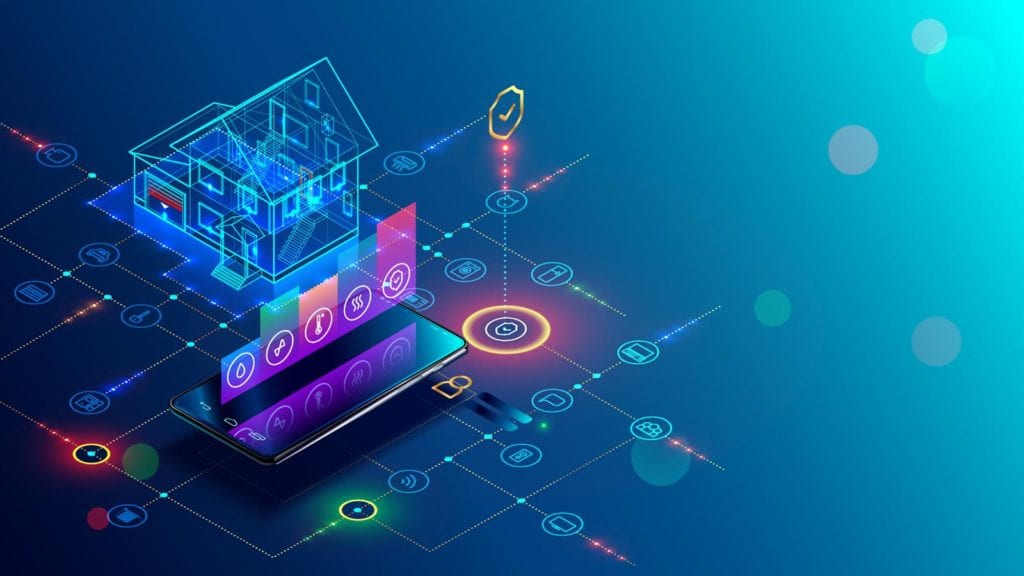As our lives become more connected with each advance in technology, where we live is also becoming smarter. New devices and gadgets are taking ‘smart homes’ to the next level and taking on a growing number of jobs. But what does it actually mean? What exactly makes a home ‘smart’? And what does the future hold in store as new technologies hit the market?
What is a connected home?
A smart – or connected – home is one in which domestic gadgets and consumer devices are linked together using your cellular or wi-fi connection. It’s all made possible by what’s called the Internet of Things (IoT), which combines the latest tech with wireless communications in the hope and expectation of making our lives easier and more convenient.
Even if you don’t think your home is particularly smart, you may be shocked by how much it actually is. By the end of 2019, it US households owned an average of 11 connected devices. From smartphones or internet-enabled TVs to app-controlled lightbulbs or thermostats – the range of devices that can make a home ‘smart’ or ‘connected’ continues to grow.

How to start going smart
The idea of going smart at home isn’t a complex one. It can be achieved in a few easy steps – so no full-blown renovation and no dystopian makeover. And you can start out small, scaling over time – rather than investing a fortune in a myriad of devices straight away. So, it might mean starting off with a single lightbulb or a voice-activated speaker. It’s your choice.
One thing that you need to make sure, however, is that your internet connection is up to the task. That could be a question of choosing the right provider in the first instance. Or you may need the right connectors to give you a stable and reliable connection throughout the home – otherwise you might find that your smart devices aren’t so smart after all!

The future of smart devices
So, what does the future hold. Even now, what is possible is pretty incredible if you compare everything to five or 10 years ago. But we’re perhaps only at the tip of the iceberg when you look at the bigger picture. Trends such as artificial intelligence and machine learning may be able to make our homes truly “smart” in ways that were only previously seen in the movies.
Imagine, then, smart lighting that can detect when you’re in the room and change itself to fit the level of natural light. Or how about smart locks that know when your courier delivery has arrived and can open up to allow the courier to safely leave your parcel inside? Even the next generation of TVs and 3D printers will contribute to the evolution of the smart home.
And what an exciting future the smart home could have as a result of that evolution.






